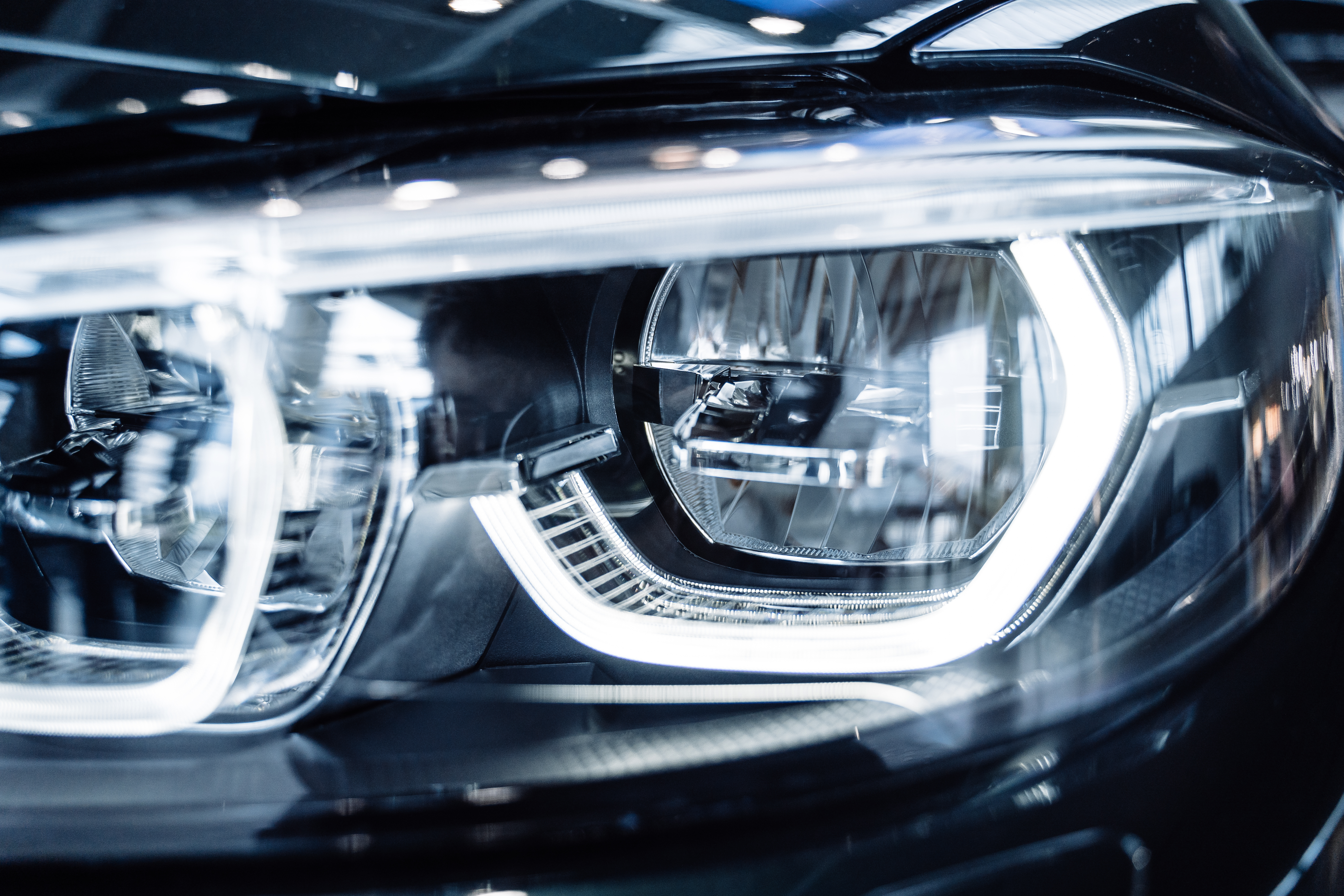Picture a world where every device glows with the efficient flicker of LED lights, illuminating spaces with unparalleled precision and clarity. That’s no longer a mere dream; it’s rapidly becoming a reality thanks largely to innovations like light pipes. So, why are these components so crucial in electronics today? Let’s dive in.
Light pipes—or light guides as they're sometimes called—are clever optical components designed to channel light from a source, typically an LED, to a desired output location. They effectively control the light direction to enhance visibility and accuracy.
These components appear simple—a mere piece of plastic or glass—but pack a powerful punch. By capturing the light at one end and directing it through its structure, light pipes minimize the loss of luminosity. This effectively illuminates the target area or display with minimal energy use, a crucial aspect in today’s energy-conscious world.
• Enhanced Light Distribution: Light pipes manage and distribute light efficiently, ensuring even and optimal illumination.
• Energy Efficiency: They significantly reduce wasted light, translating to lower power requirements and enhanced battery life for portable devices.
• Design Flexibility: Light pipes can be adapted for diverse applications, from industrial to consumer electronics, with various shapes and forms available.
Applications in Modern Electronics
Light pipes have extensive applications, from everyday consumer gadgets to sophisticated industrial systems. Here’s a closer look:
Consumer Electronics
Light pipes improve the backlighting of screens and buttons in gadgets like smartphones, tablets, and laptops. They are integral to ensuring uniform lighting in keypads and control panels, providing users with a seamless and aesthetically pleasing experience.
Automotive Industry
Consider the sleek dashboards of modern automobiles. Thanks again to light pipes, the illumination of these panels is meticulously neat. These components ensure drivers can view information clearly without distraction, enhancing safety and aesthetics.
Industrial Equipment
In industrial settings, light pipes are vital in equipment that requires clear indicator lights under various environmental conditions. They ensure the optimal visibility of signals, making them indispensable in control rooms and heavy machinery operations.
At the heart of every light pipe's function is a quest to maximize the efficiency of LEDs. LEDs are renowned for their low power consumption and high output; light pipes further enhance these features. By channeling light directly to where it’s needed, they serve as an interface that bridges the gap between raw LED light output and user-oriented illumination. Here’s how they make a difference:
Improved Heat Management: By efficiently directing light, less heat is generated, thus prolonging the lifespan of the LED and the surrounding circuitry.
Cost-Effectiveness: As fewer LEDs are needed for the same light output, manufacturers save on components and energy consumption costs.
Consider a scenario where multiple LEDs would traditionally be needed to light a panel uniformly. A single LED paired with a well-designed light pipe can achieve similar or better efficiency with significantly less power and cost.
Engineers must consider specific design parameters when integrating light pipes into a device. Here’s a helpful checklist:
Material Choice: Typically, acrylic or polycarbonate materials are used for their high transparency and durability.
Shape and Length: Circular, square, or custom shapes must be chosen based on application needs. Length can influence the light transmission efficiency.
Surface Texture: A smooth or textured surface can affect how light is diffused across the exit zone.
Mounting and Integration: Secure mounting without interference to other device parts is crucial for optimal performance
To illustrate the practical impact of light pipes, consider their application in automotive interiors. Car makers like Tesla and BMW employ these components to ensure the interior lighting harmonizes with the dashboard displays. This not only enhances driver and passenger comfort but also contributes to the brand’s futuristic vehicle aesthetics.
In essence, the strategic use of light pipes allows automakers to offer excellent visual quality while keeping energy usage to a minimum, an advantage directly passed on to the consumer regarding reduced fuel consumption for electric vehicles.

Q1: How do light pipes compare with traditional light diffusers?
Light pipes are more efficient than conventional diffusers as they channel light precisely rather than scattering it throughout a wider area, thus maximizing the output from a single light source. This targeted lighting ensures more efficient energy use with less wastage.
Q2: Are light pipes environmentally friendly?
Yes, they help improve devices' energy efficiency, reducing power consumption and their carbon footprint over time. Additionally, their ability to reduce the number of required LEDs can lessen electronic waste.
Q3: What considerations are made for light pipe design in harsh environments?
Light pipes designed for harsh environments must be crafted with robust materials like impact-resistant polycarbonate and incorporate seals or coatings to protect against dust, moisture, and temperature extremes.
Q4: Can light pipes be customized for different color outputs?
Indeed, light pipes can incorporate color filters or be used with color-changing LEDs to manipulate light hues, providing versatility according to application needs, such as in decorative lighting or user interface components.
Q5: What future trends do you see for light pipes in electronics?
With the increasing focus on miniaturization and energy efficiency, light pipes will likely see more widespread applications in compact devices, smart wearables, and energy-conscious smart home systems, potentially integrating more advanced materials and designs.
Picture a world where every device glows with the efficient flicker of LED lights, illuminating spaces with unparalleled precision and clarity. That’s no longer a mere dream; it’s rapidly becoming a reality thanks largely to innovations like light pipes. So, why are these components so crucial in electronics today? Let’s dive in.






